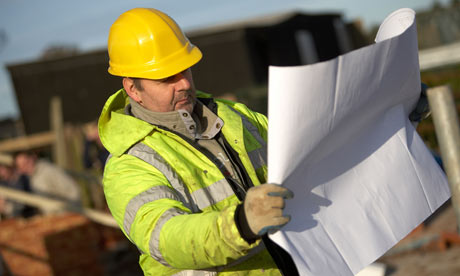Disposable gloves have many uses in agriculture, especially when it
comes to dairy farming. Nitrile gloves, for example, are perfect for this
application.

Research shows that gloves have experienced increased usage in this industry over the past ten years. This is because of a need for improved worker and animal health – not to mention, a desire to produce higher-quality milk. In fact, nearly 50 percent of all dairy farms use gloves because of these reasons.
Nitrile gloves in particular provide several benefits:
- Cleaner milk due to less bacteria transferred from hands
to the milk, as the bacteria does not adhere to the nitrile as easily as
to the crevices of your hands
- Protection against repeated exposure to teat dips
- Superior resistance to iodine used to prevent
contamination between cows, a resistance not found with latex gloves
Wearing gloves is a crucial sanitation practise for dairy
farms. If cows become infected, they represent lost revenue. This problem
becomes worse if an infection spreads between cows.
Rather than risking lost profits and low-quality milk, dairy
farmers should be sure to replenish their nitrile glove supplies to get the
appropriate level of barrier protection.

For a wide range of PPE, including a selection of work
gloves – visit L&A Safety’s website today or pop in at one of their stores
in Cape Town, Vredenburg or Robertson.



